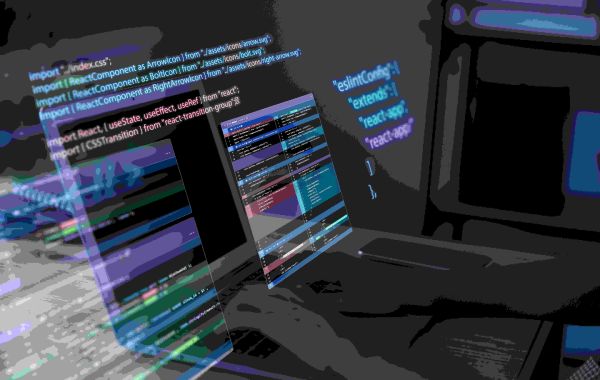Introduction
As an IT admin, safeguarding your organization's digital infrastructure is paramount. Disaster recovery planning plays a pivotal role in ensuring business continuity and data resilience. Here are key considerations and best practices to fortify your disaster recovery strategy.
Risk Assessment: Begin by conducting a comprehensive risk assessment to identify potential threats. This includes natural disasters, cyber-attacks, hardware failures, and human errors. Understanding the landscape of potential risks is fundamental to crafting an effective recovery plan.
Data Backup and Redundancy: Implement a robust backup strategy. Regularly backup critical data and ensure redundancy across geographically dispersed locations. Cloud-based solutions can be instrumental in creating secure and easily accessible backups.
Documentation and Communication: Document your disaster recovery plan meticulously. Clearly outline procedures for data restoration, system recovery, and communication protocols. Keep this documentation accessible to all relevant stakeholders and regularly update it as your IT environment evolves.
Testing and Simulation: Regularly test your disaster recovery plan through simulations. This ensures that everyone involved understands their roles and the procedures in place. Regular testing also helps identify and address any potential weaknesses in the plan.
Security Measures: Integrate security measures into your disaster recovery strategy. This includes encryption protocols for sensitive data during transit and storage. Implement access controls and authentication processes to prevent unauthorized access during recovery.
Continuous Monitoring: Establish a continuous monitoring system to detect potential threats in real-time. Automated alerts and monitoring tools can help identify anomalies, allowing for a swift response to mitigate the impact of a disaster.
Conclusion
In disaster recovery planning, a proactive approach is paramount. IT admins should regularly review and update their strategies to adapt to evolving threats. This includes staying abreast of the latest cybersecurity trends, emerging technologies, disaster recovery planning as admins and industry-specific challenges. Collaboration with stakeholders across departments ensures a holistic understanding of the organization's needs, fostering a resilient and agile disaster recovery plan.
Remember, a well-executed disaster recovery plan is not just about reacting to crises but also about laying a foundation that minimizes the impact of unforeseen events, allowing your organization to thrive even in the face of adversity.








